The big three financial reports – income statement, balance sheet, and cash flow statement – are crucial to every business manager regardless of their business size. The income statement (or P&L) provides a summary of an organization’s revenue, expenses, and income across a certain period of time. It gives a clear view of how the business is doing over that timeframe. The balance sheet gives a point-in-time measure of the company’s overall financial health, listing all the company’s assets and liabilities, which will show the amount of owner’s equity in the business. The cash flow statement shows a company’s cash inflows and outflows over a specified time showing how the business generates and uses cash from its operating, investing, and financing activities.
Business owners and managers need to understand, and use, these valuable reports. By looking backward at company performance, managers can make decisions about how to move forward. They can track revenue, expenses, cash flows, and debt management over time, and the results of these reports will help them make strategic management decisions.
But these financial statements are backward-looking. Using only these tools to manage a business is like driving a car by only looking in the rearview mirror. While it’s important to know what’s behind you, it is arguably more important to see what’s ahead. These reports should inform a manager’s future forecasts, as they factor in both internal and external factors on the horizon. One way business leaders do this is by generating and following an annual budget. Annual budgets provide guidance on timing and justification for business decisions. But since none of us have crystal balls, and the future lacks certainty, while we do our best to adhere to an annual budget, we must continually update expectations based on the timeliest information.



